Introduction to the quality characteristics of Yunnan small-grain coffee flavor description and treatment
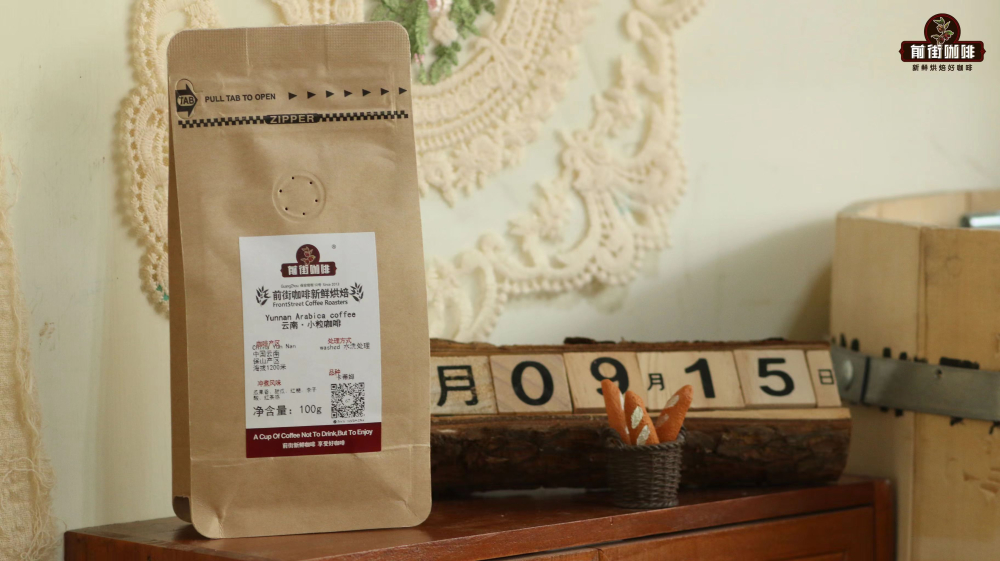
In recent years, I believe that when you go to the shop for coffee, you can always hear the Yunnan small-grain coffee produced by our country. So what is the taste of Yunnan Xiao Grain? which variety is "Xiao Grain"? this article will take you to have a good understanding of Qianjie coffee.
What is "small grain" coffee?
Yunnan small seed coffee is also called "Arabica seed coffee" (coffea arabica L.). In the 1950s, the leading varieties in Baoshan City, Yunnan Province were typica, bourbon and S288. The oldest of them is Typica, which tastes pure and elegant, but its yield is low and its disease resistance is weak, so it is easy to blight. So Yunnan introduced the Katim variety (Catimor), which can be planted densely and has strong disease resistance, and has become the most common coffee variety in Yunnan. So we often say "Yunnan small grain", actually more refers to the Katim coffee beans in Yunnan.
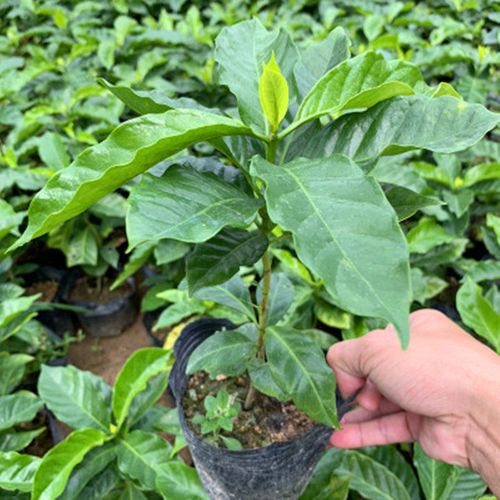
In 1959, scientists in Portugal created a small plant coffee that is resistant to diseases and pests, while growing well at low elevations and achieving high yields. in other words, Katim is cultivated as a "commercial bean". Although Katim has realized its commercial value to some extent, the quality of the cup test is often questioned, that is, there are flaws in the flavor. So Katim is largely ignored, and some manufacturers are even reluctant to label Katim.
So what caused Katim to have such shortcomings?
Katim is a hybrid of Kaddura and Timor. Kaddura is a natural mutant of the acclaimed bourbon species and is often a "regular" in a variety of boutique coffee competitions, such as Kaddura in dozens of home-baked coffee beans on Front Street. Tim, a natural mating species of Robusta and Arabica, was discovered on the island of Timor in Southeast Asia in the early 1900s. Robusta's taste is notoriously unlikable, the taste is mainly bitter and strong, but it has high disease resistance, cold and heat resistance and high yield. So Katim also inherited some of the above characteristics, higher survival rate, fruit hanging rate, short maturity, naturally more favored by farmers and producers.
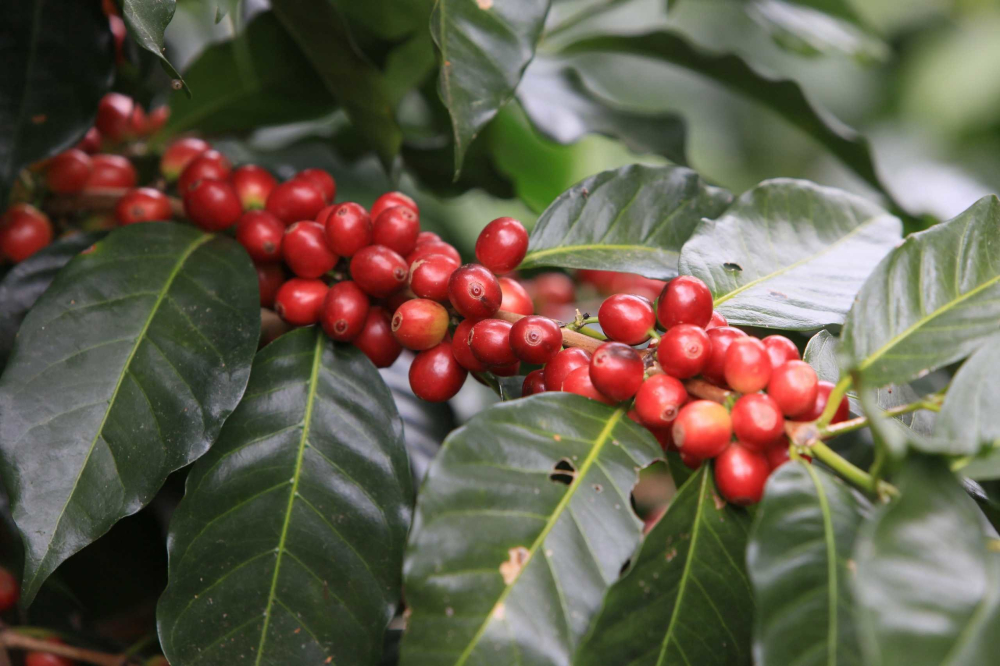
In the past, Yunnan farmers did not accumulate a lot of mature experience in coffee cultivation. Katim was planted at a lower altitude, coupled with rough handling, and the coffee produced was of mediocre quality and was mostly purchased for commercial instant coffee. With the popularization of fine coffee culture in China, many coffee people and researchers have begun to invest in planting in Yunnan producing areas, constantly controlling coffee diseases and insect pests, shading trees, maintaining soil and water, planting altitude, and fresh fruit picking and handling methods to improve the quality of coffee. Today, the professional production of Yunnan Katim coffee can also show a good aroma and cleanliness.
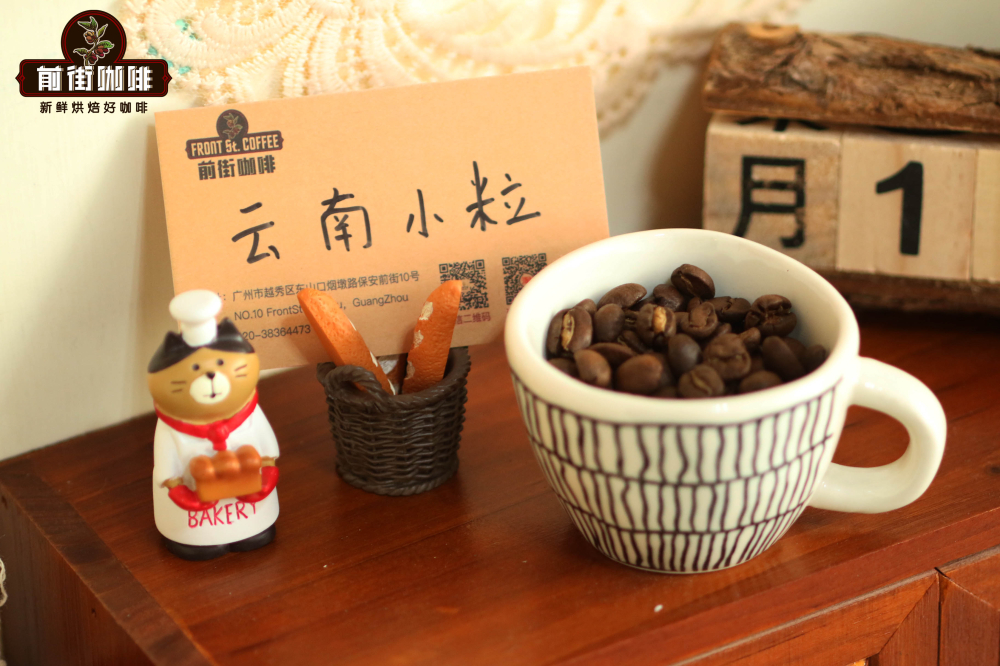
What's the taste of washed Yunnan coffee?
When Qianjie launched Yunnan coffee rations and beans, after many cup tests and comparisons, Katim coffee washed in Baoshan production area was selected as the facade representative of Yunnan coffee, launched in 100 grams of small packaging, so that everyone can have a taste of "Yunnan." Qianjie from this Yunnan rations beans feel a relatively balanced taste, with a little nutty and a little plum fruit aroma, as well as brown sugar-like sweetness, the overall peace.
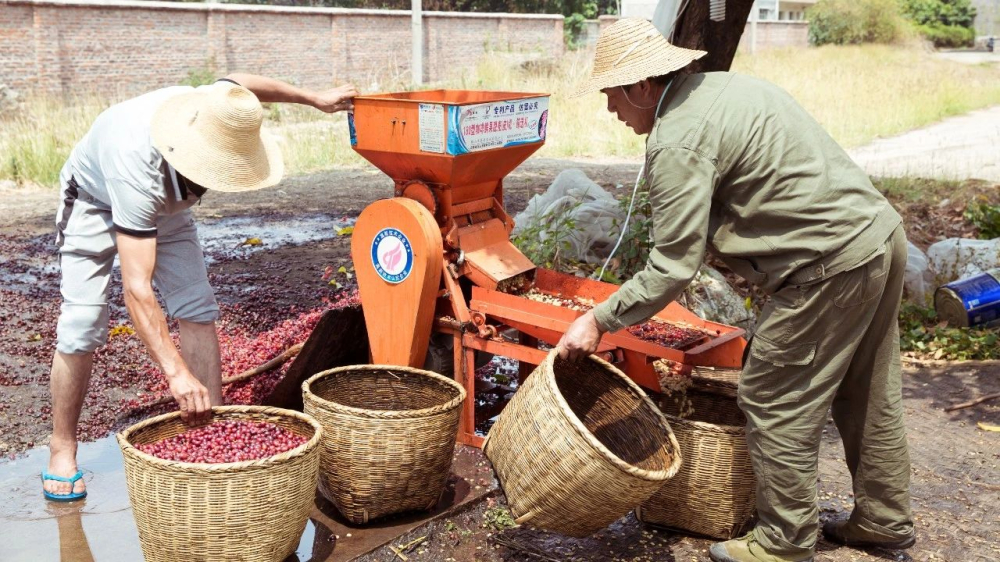
The steps of washing: remove the peel and pulp of the picked coffee fruit by practical machine, put the peeled coffee beans into the fermentation tank for fermentation, decompose the pectin layer by fermentation, wash the decomposed pectin repeatedly with clean water, and finally dry the coffee beans for 1 week and 2 weeks. Washed Yunnan coffee not only reduces the defect rate, the quality of the coffee produced is more stable, but also makes it more clean, and the coffee in the cup can feel the most primitive flavor of Yunnan coffee. This is why Qianjie gave priority to the batch of washing treatment when launching the "Yunnan facade representative" rations beans.
The suggestion of hand flushing in front street
Filter cup: hario v60
Powder content: 15g
Water temperature: 90 degrees Celsius
Degree of grinding: pass rate of No. 20 screen 75%
Gouache ratio: 1:15
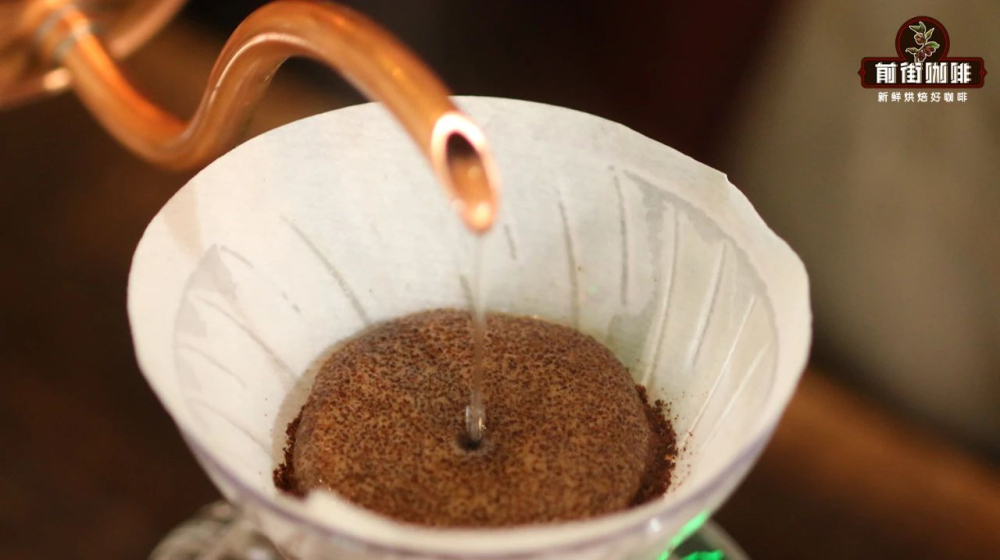
Grinding degree and water temperature: precisely because the flavor attribute of Yunnan coffee is neutralized and balanced, too high warm water and too fine grinding degree can easily lead to excessive extraction of coffee, release too much bitter macromolecular flavor substances, and too low water temperature and too coarse grinding degree, on the contrary, it leads to insufficient extraction and coffee is easy to be tasteless. So Qianjie will choose medium water temperature and grinding degree, 90 degrees Celsius hot water for extraction, coffee powder thickness for the Chinese standard 20 sieve pass rate of 70%, stores EK43s- scale 10.5.
Three-stage water injection: wet the powder bed with twice as much water as coffee powder to form a drum and steam for 30s, then fill the small water from the inside to the outer circle to 125g, wait for the powder bed to drop to half of the filter cup, and continue to inject the same fine water into the third section to 225g, until all the coffee liquid has been filtered and remove the filter cup for about 2 minutes.
Professional coffee knowledge exchange more coffee bean information please follow the coffee workshop (Wechat official account cafe_style)
For more boutique coffee beans, please add private Qianjie coffee on Wechat. WeChat account: qjcoffeex
Important Notice :
前街咖啡 FrontStreet Coffee has moved to new addredd:
FrontStreet Coffee Address: 315,Donghua East Road,GuangZhou
Tel:020 38364473
- Prev

Introduction to the quality and taste of Colombian coffee beans with soft and smooth taste
The pure taste of Colombian coffee comes from Colombia's natural environment with the most favorable conditions for coffee growth. But beyond that, it is inseparable from the hard work of local growers. In Colombia, coffee cultivation has reached 1.07 million hectares, there are about 302000 coffee plantations in the country, and 30 to 40 per cent of the rural population depends directly on coffee production. Columby
- Next

Introduction to the quality and taste of Tanzania coffee beans by flavor description treatment
The coffee beans are of extraordinary quality and are produced in the Mohi district near Mount Kilimanjaro. The mountain area with a height of 3,000 to 6,000 feet is the most suitable area for growing coffee. Fertile volcanic ash gives the coffee here a strong texture and soft acidity. It exudes delicate aromas and contains aromas of wine and fruit, giving people an aftertaste.
Related
- Detailed explanation of Jadeite planting Land in Panamanian Jadeite Manor introduction to the grading system of Jadeite competitive bidding, Red bid, Green bid and Rose Summer
- Story of Coffee planting in Brenka region of Costa Rica Stonehenge Manor anaerobic heavy honey treatment of flavor mouth
- What's on the barrel of Blue Mountain Coffee beans?
- Can American coffee also pull flowers? How to use hot American style to pull out a good-looking pattern?
- Can you make a cold extract with coffee beans? What is the right proportion for cold-extracted coffee formula?
- Indonesian PWN Gold Mandrine Coffee Origin Features Flavor How to Chong? Mandolin coffee is American.
- A brief introduction to the flavor characteristics of Brazilian yellow bourbon coffee beans
- What is the effect of different water quality on the flavor of cold-extracted coffee? What kind of water is best for brewing coffee?
- Why do you think of Rose Summer whenever you mention Panamanian coffee?
- Introduction to the characteristics of authentic blue mountain coffee bean producing areas? What is the CIB Coffee Authority in Jamaica?

